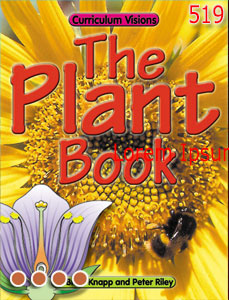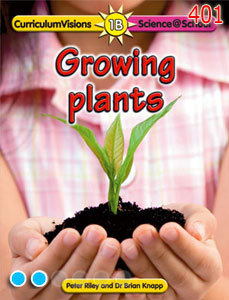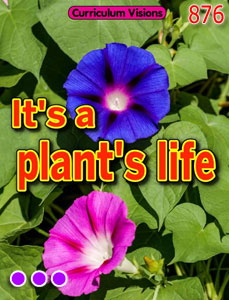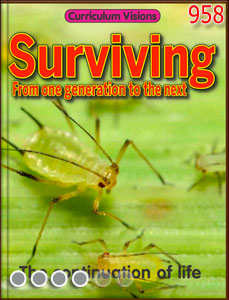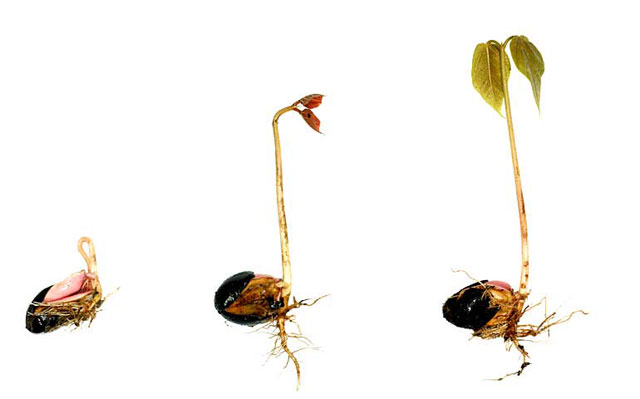There are two main parts to the plant. They are the root and the shoot. The root differs from the shoot by not having any leaves, flowers or buds. Most shoots are green but all roots are white. This is because the shoots are in the light and the roots are in the dark. The green colour in the shoot is made by chlorophyll which traps some energy in sunlight for the plant to make food. Chlorophyll would be useless underground where there is no light so the roots do not make it.
A root can form branches which spread out through the soil. This is known as a root system. There are two main systems: a tap root system and a fibrous root system.
The tip of a root is capped with a slimy, corky material. Just behind the cap is the place where the root grows. As the root grows the tip is pushed forwards through the soil and the slime helps the tip slide between the soil particles while the cork protects the tip from the sharp edges of grit and sand.
Roots take up water through root hairs. These grow just behind the tip. As the tip grows forwards some of the hairs further back along the root die. These are replaced by new ones nearer the tip.
Inside the root are tiny pipes which carry the water up to the shoot. The root also takes in minerals which are dissolved in the soil water.
There are fibres in the root which can stand up to strong pulling forces. These forces occur when the shoot is blown by the wind or part of it is being eaten by a herbivore. The fibres prevent the root from snapping and help the shoot stay in place.

